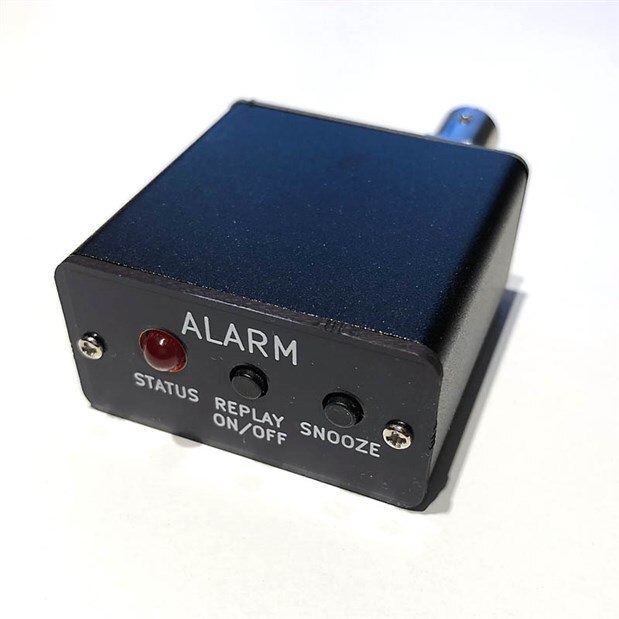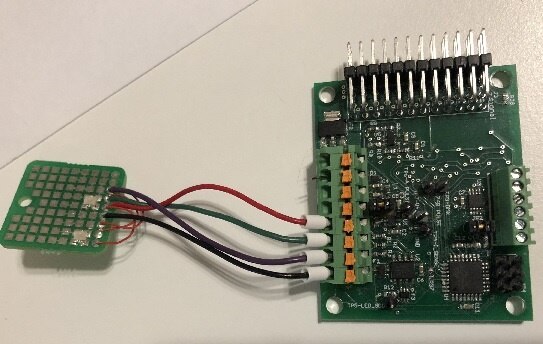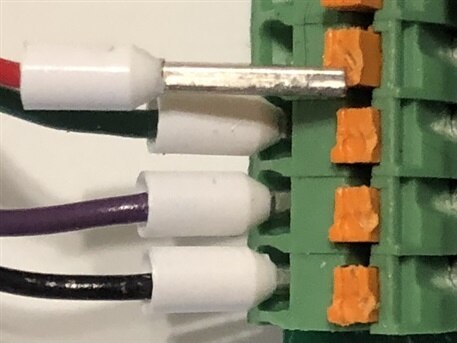Hello RoadTest!
I'm working with our community team on a second volume of our Essential Tips for Makers eBook series (you can see the original here). Our fearless RoadTest leader rscasny suggested that I reach out to our wonderful group here and see if anyone might have some useful tips they've picked up that they'd be willing to contribute.
We'll be printing this eBook for distribution at Electronica 2018, and of course it'll live on in perpetuity on the community as well. If you have any ideas you'd like to share, please leave them in this thread! Also feel free to reach out to me directly if you have any questions.
Thanks everyone!





